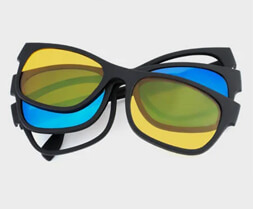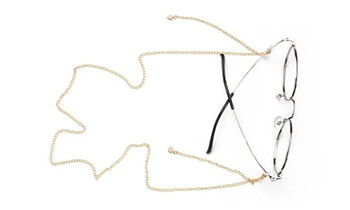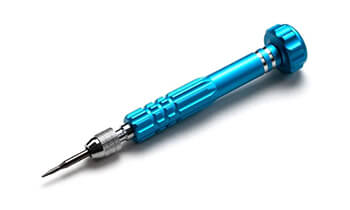Middle-aged people in their 40s are at high risk of Central serous chorioretinopathy (CSCR). Facing the dual pressure of family and work, it is essential to control emotions, adjust the state, have a regular healthy lifestyle, and seek timely medical treatment when problems arise to protect the most precious happiness - health.
As a parent, you must carry too many responsibilities, work hard externally and educate your children internally. It is essential to control emotions and relieve stress; otherwise, diseases will likely take advantage of the situation! The Central serous chorioretinopathy (CSCR) is a favorite of parents under high pressure.
What is CSCR?
The full name of CSCR is Central serous chorioretinopathy. CSCR is caused by damage to the retinal pigment epithelium. Stress excessive fatigue, emotional ups and downs, late nights stress, excessive fatigue, emotional ups and downs, late nights, excessive smoking and alcohol, autoimmune diseases, and High blood pressure are all risk factors.
A study in the United States found that the incidence of CSCR was 5.8 per 100,000 people. The incidence is common in young adults between 25 and 40. The incidence is significantly higher in males than in females, accounting for prevalence in men than in women, accounting for 80% of the total number of patients. More than 90% of the cases are monocular, with no difference between the left and right eyes.
Common symptoms
- Vision loss.
- Distortion of visual objects.
- Dark spots in the center and shadows in the visual field.
- Changes in the fundus of the eye seem to be "leaking."
CSCR is divided into acute and chronic according to the type of onset. It is conventionally considered a self-limiting disease for 3 to 6 months. Data show that the self-healing rate of CSCR is 57.9%. With aggressive treatment, the cure rate is about 95% for acute CSCR and 85% for chronic CSCR. After the first episode, about 30-50% of patients with CPS can relapse, and 10% of patients will relapse more than three times. The recurrence or persistence of the diseas can damage visual function, and about 5% of patients have a severe visual impairment.
Treatment methods
The current clinical treatment is based mainly on laser photocoagulation, photodynamic therapy (PDT), and drug therapy. Because of the complex etiology of CSCR, prevention and early treatment should be the main focus. Avoid overexertion in daily life, pay attention to rest healthy life, control emotions promptly seek medical attention for relevant examination and active treatment when suspected symptoms appear.


































